Searching for the best workout for front delts? This article provides essential exercises and tips to target your front deltoid muscles. Discover how to build stronger, well-defined shoulders with effective and safe training routines.
Key Takeaways
-
Understanding the front deltoid anatomy and its role in shoulder movements is crucial for effective training.
-
Training front delts not only enhances aesthetics but also boosts overall upper body strength and performance.
-
Incorporate a variety of exercises and principles such as progressive overload to maximize front delt growth and prevent injuries.
Understanding the Front Delts

To effectively train your front delts, you need to understand their function and anatomy. The deltoid muscle is a triangular-shaped muscle that covers the shoulder area and is divided into three distinct parts:
-
The anterior deltoid, located at the front of the shoulder, originates from the clavicle and is responsible for moving the arm forward.
-
The lateral deltoid, located on the side of the shoulder, is responsible for arm abduction.
-
The posterior deltoid, located at the back of the shoulder, is responsible for moving the arm backward.
Understanding these parts will help you target your training effectively.
The anterior deltoid is involved in movements like lifting objects and swinging your arm forward. This muscle is primarily targeted during front raise and pressing exercises, making it an essential component of shoulder training. Moreover, strengthening the deltoids enhances shoulder joint mobility and protects it from dislocations during lifting activities, ultimately benefiting the shoulder muscles.
Flexibility in the deltoids allows for a wide range of upper body movements. Focusing on front delt exercises enhances shoulder stability and overall upper body strength. With a basic understanding of the front delts, we can now explore the benefits of training them.
Benefits of Training Front Delts

Training your front delts offers both aesthetic and functional benefits. Well-developed front delts contribute to a more rounded shoulder appearance, enhancing your overall physique. This not only boosts your confidence but also creates a balanced and proportional look.
Strong front delts improve your overall upper body strength and performance in lifts. For instance, a powerful front delt can significantly enhance your performance in exercises such as the overhead press. This muscle plays a key role in shoulder flexion, which is essential for various pressing and lifting movements.
Specialized front delt training can increase muscle hypertrophy and growth. This means you’ll not only see improvements in your shoulder size but also in your ability to perform other upper body exercises more effectively. By focusing on front delt workouts, you’re setting the foundation for a stronger and more capable upper body.
Essential Principles for Effective Front Delt Workouts
Maximizing the benefits of front delt training requires following key principles. One common mistake many individuals make is over-prioritizing their front delts while neglecting the middle and rear delts. This can lead to muscle imbalances and potential injuries.
A typical front delt workout can include 4 sets of Barbell Military Press and 3 sets of Dumbbell Front Raises. Varying your exercises keeps the muscles engaged and prevents over-familiarity with your routine.
Additionally, use proper form and avoid overworking your front delts by not training them with chest and triceps consecutively.
Best Front Delt Exercises

Incorporating a variety of movements is key to achieving balanced front delt muscle growth. Popular exercises include the Barbell Overhead Press, Dumbbell Front Raise, Arnold Press, Incline Dumbbell Press, and Cable Front Raises. Each of these exercises targets the front delts in unique ways, ensuring comprehensive development.
Here are the details of these exercises.
Barbell Overhead Press
The Barbell Overhead Press is a powerhouse front delt exercise that not only focuses on the front delts but also enhances overall shoulder strength and stability. To perform this exercise, start with the barbell resting on your front deltoids and press your arms upwards while twisting your hands outward to maximize front delt contraction. At the top of the repetition, remember to squeeze the delts to fully engage the muscles.
This compound exercise is excellent for building overall shoulder power and stability, making it a staple in any shoulder training routine. Position your elbows forward to reduce shoulder width and maximize the movement’s effectiveness.
Dumbbell Front Raise
The Dumbbell Front Raise is one of the best front delt exercises for isolating these muscles. Start by standing with your arms bent and palms facing inward. As you raise the dumbbells, maintain a slight bend in your elbows and contract your front deltoids to lift the weights above forehead level.
Pause at the top, then gradually return to the starting position. This isolation exercise targets the front delts, helping build stronger shoulders and improve upper body movements through isolation exercises.
Remember to stand with your back straight to maintain proper form throughout the exercise.
Arnold Press
The Arnold Press, named after Arnold Schwarzenegger, is a unique exercise that engages all deltoid muscles, providing a comprehensive shoulder workout. To execute this exercise, start with the dumbbells at shoulder height, palms facing you. As you press the dumbbells overhead, rotate your palms outward, ensuring a full range of motion and maximum front delt activation.
This movement not only targets the front delts but also works the lateral and posterior deltoids, offering a balanced shoulder workout. Maintaining proper form is crucial to prevent injury and achieve the best results.
Incline Dumbbell Press
The Incline Dumbbell Press is a fantastic compound exercise that targets both the chest and front delts. By using an incline bench, you can train the front deltoids more effectively than with a flat bench press. This exercise is particularly beneficial for engaging the muscle fibers of the front delts, contributing to overall shoulder strength and development.
Use the correct angle and arm positioning to maximize the exercise’s effectiveness. This will help you achieve balanced muscle growth and enhance your upper body movements.
Cable Front Raises
Cable Front Raises are excellent for maintaining continuous tension on the front delts, which enhances muscle engagement throughout the movement. To perform this exercise, stand with your feet hip-width apart, grab the cable handle, and raise it to shoulder height.
This exercise consistently challenges your front delts, promoting muscle growth and strength.
Incorporating Front Delt Exercises into Your Routine

A strategic approach is needed to incorporate front delt exercises into your routine. Aim to train your front delts 2-3 times per week to allow for adequate recovery without compromising performance. Alternating between different front delt workouts keeps the muscles engaged and prevents over-familiarity, which can hinder progress.
To avoid overtraining, adjust your exercise selection based on your fatigue and recovery status. Varying rep ranges (5-10, 10-20, 20-30) optimizes the training stimulus while minimizing injury risk.
Warm up properly before workouts and cool down afterward to prepare mentally and physically for front delt training.
Progressive Overload for Front Delt Growth

Progressive overload is the cornerstone of muscle growth, including for the front delts. To achieve continued growth, you need to progressively increase weights, repetitions, or reduce rest periods. Tracking weights and repetitions ensures continual challenges to your front delts and improvements in strength.
Adjusting repetition tempo also contributes to progressive overload. For example, slowing down the eccentric phase of an exercise can increase the time under tension, promoting muscle growth. Consistent application of these principles leads to stronger and more developed front delts.
Common Mistakes in Front Delt Training
Avoiding common mistakes in front delt training is key to achieving the best results. One of the most frequent errors is using excessive weight, which can lead to poor form and the involvement of other muscle groups. This reduces the stress on the targeted front delts and can compromise your progress.
Another common mistake is performing shoulder exercises without controlled movements. Controlling the eccentric part of the exercise significantly improves muscle and strength potential. Maintain proper form and controlled movements to ensure effective front delt activation and prevent injuries.
Nutrition and Recovery for Shoulder Development
Nutrition and recovery are equally important as workouts for shoulder development. Protein quality and timing play a significant role in muscle recovery, especially during the rehabilitation phase. Post-exercise nutrient intake, especially combining carbohydrates and protein, helps reduce muscle breakdown.
Aim for a daily protein intake of 1.6-2.2 grams per kilogram of body weight to support muscle growth. Additionally, get 7-9 hours of sleep for optimal recovery.
Adequate hydration and nutrient balance are essential for recovery and enhancing athletic performance.
Summary
In conclusion, training your front delts is essential for building bigger, stronger shoulders and enhancing overall upper body strength. By incorporating the best front delt exercises, following effective workout principles, and avoiding common mistakes, you can achieve significant improvements in your shoulder development.
Stay consistent with your training, focus on progressive overload, and prioritize proper nutrition and recovery to see the best results. Remember, building impressive shoulders takes time and dedication, but the rewards are well worth the effort.
Frequently Asked Questions
How often should I train my front delts?
To optimize your gains, aim to train your front delts 2-3 times per week, ensuring you give them enough recovery time. Consistent training will lead to impressive results!
What are the best exercises for isolating the front delts?
To effectively isolate your front delts, incorporate Dumbbell Front Raises and Cable Front Raises into your workout routine. These exercises will help you build strong and defined shoulders!
How can I avoid overtraining my front delts?
To prevent overtraining your front delts, listen to your body by modifying your exercises according to your fatigue levels and incorporate variety into your workouts. Keep challenging yourself while ensuring recovery to stay strong and injury-free!
What is progressive overload, and why is it important?
Progressive overload is essential for muscle growth because it pushes your body to adapt and strengthen over time. By consistently challenging yourself with increased weights or reduced rest, you unlock your potential and achieve your fitness goals!
How does nutrition impact shoulder development?
Nutrition plays a vital role in shoulder development by providing the necessary proteins and nutrients for muscle recovery and growth. Focus on consuming 1.6-2.2 grams of protein per kilogram of body weight, along with proper hydration and rest, to maximize your results!





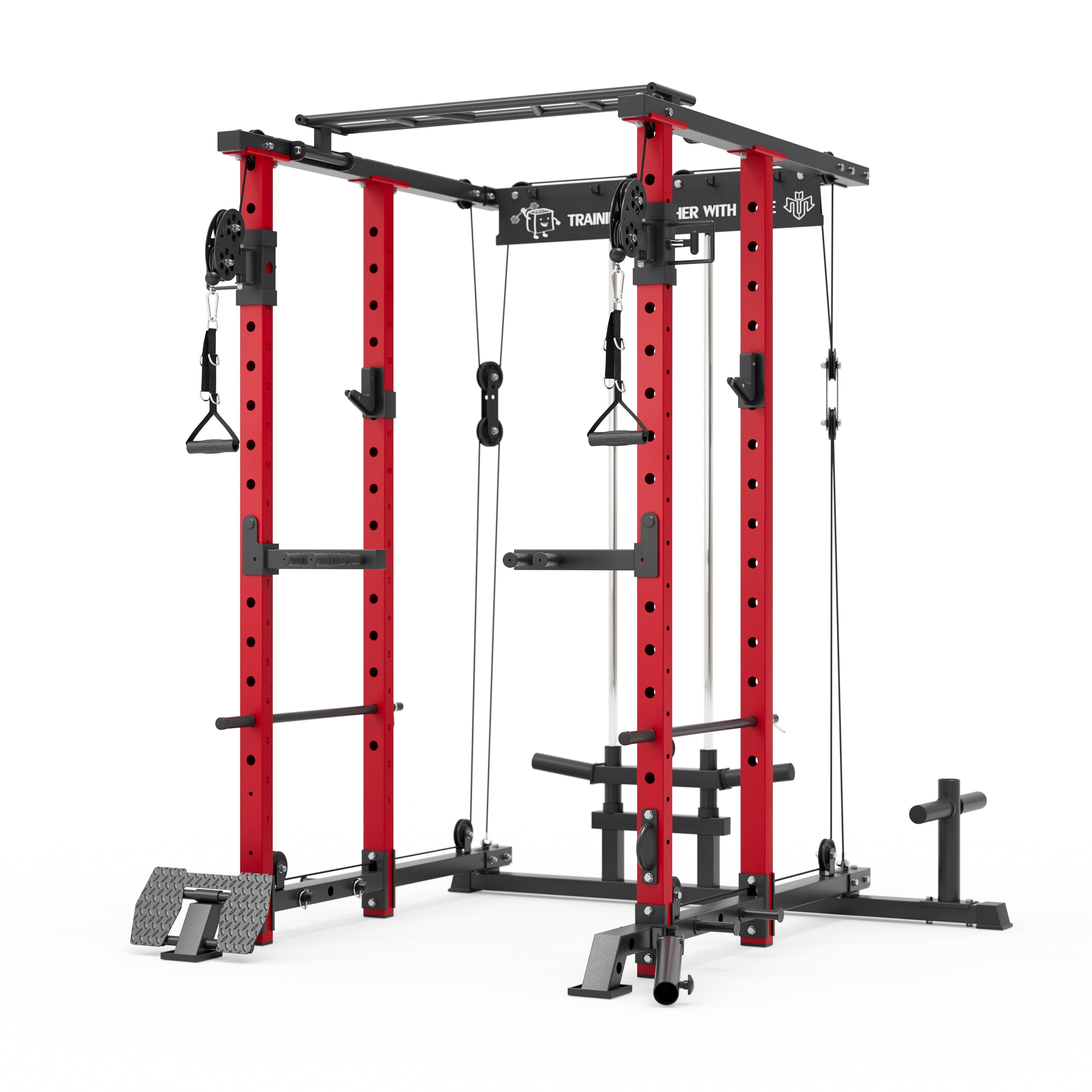
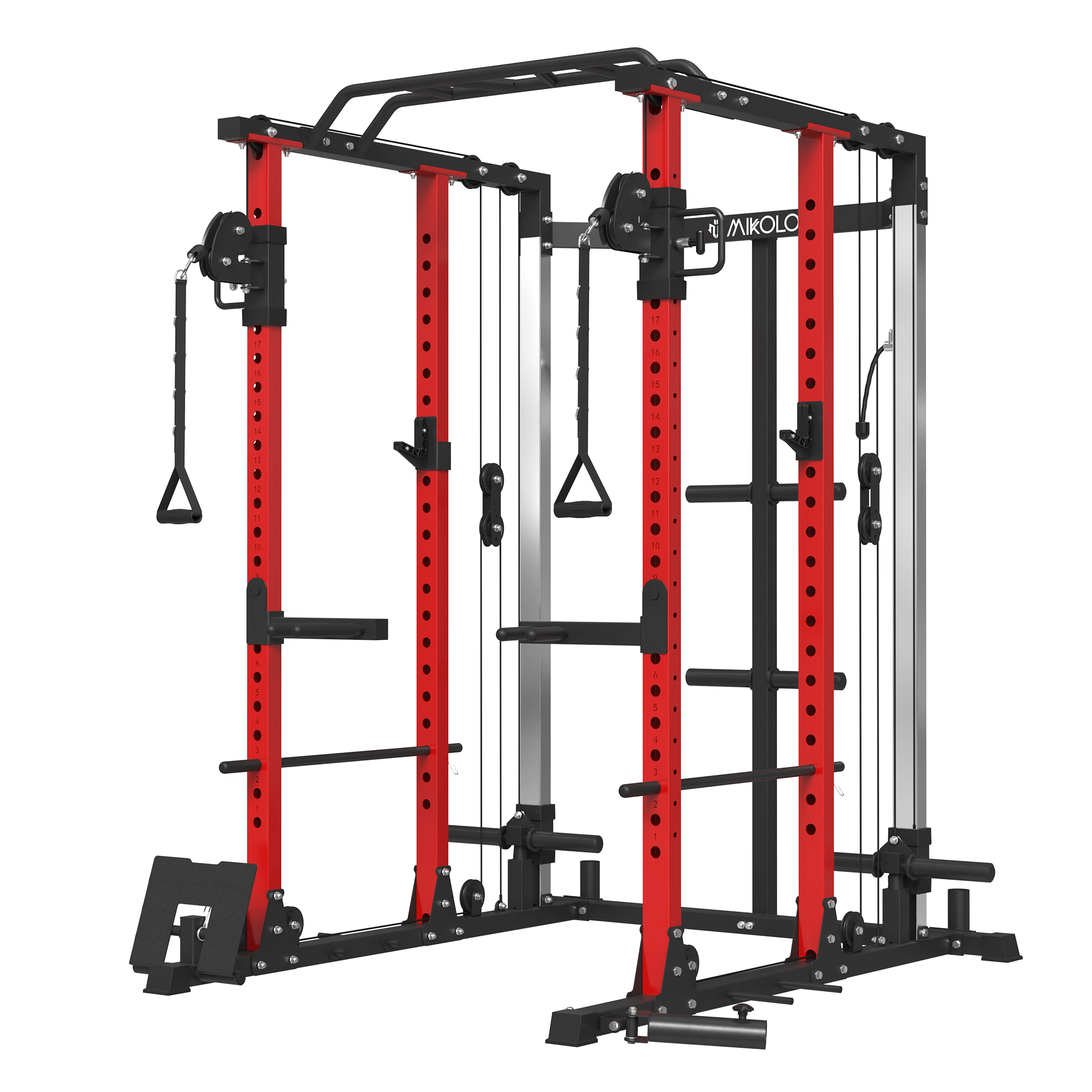
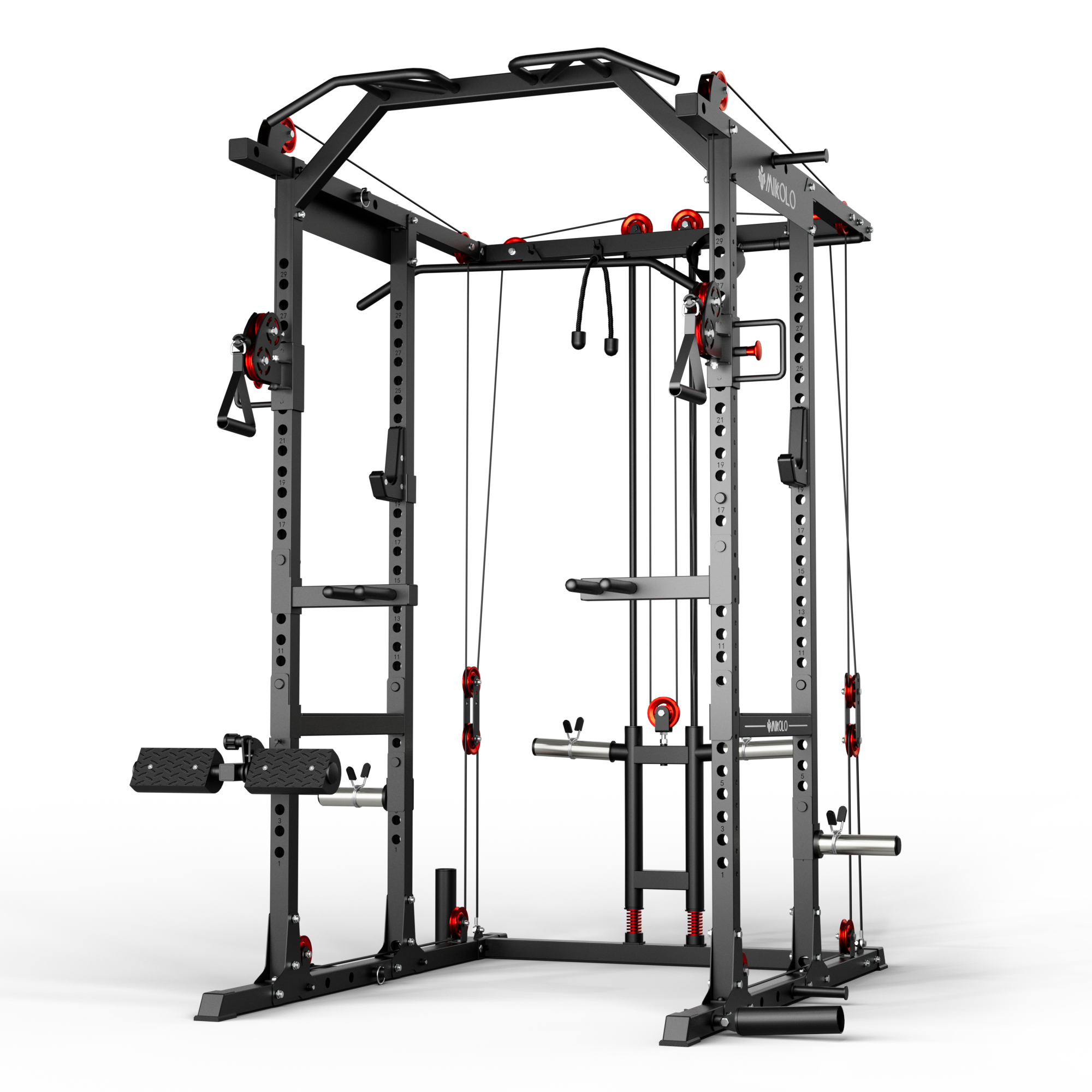
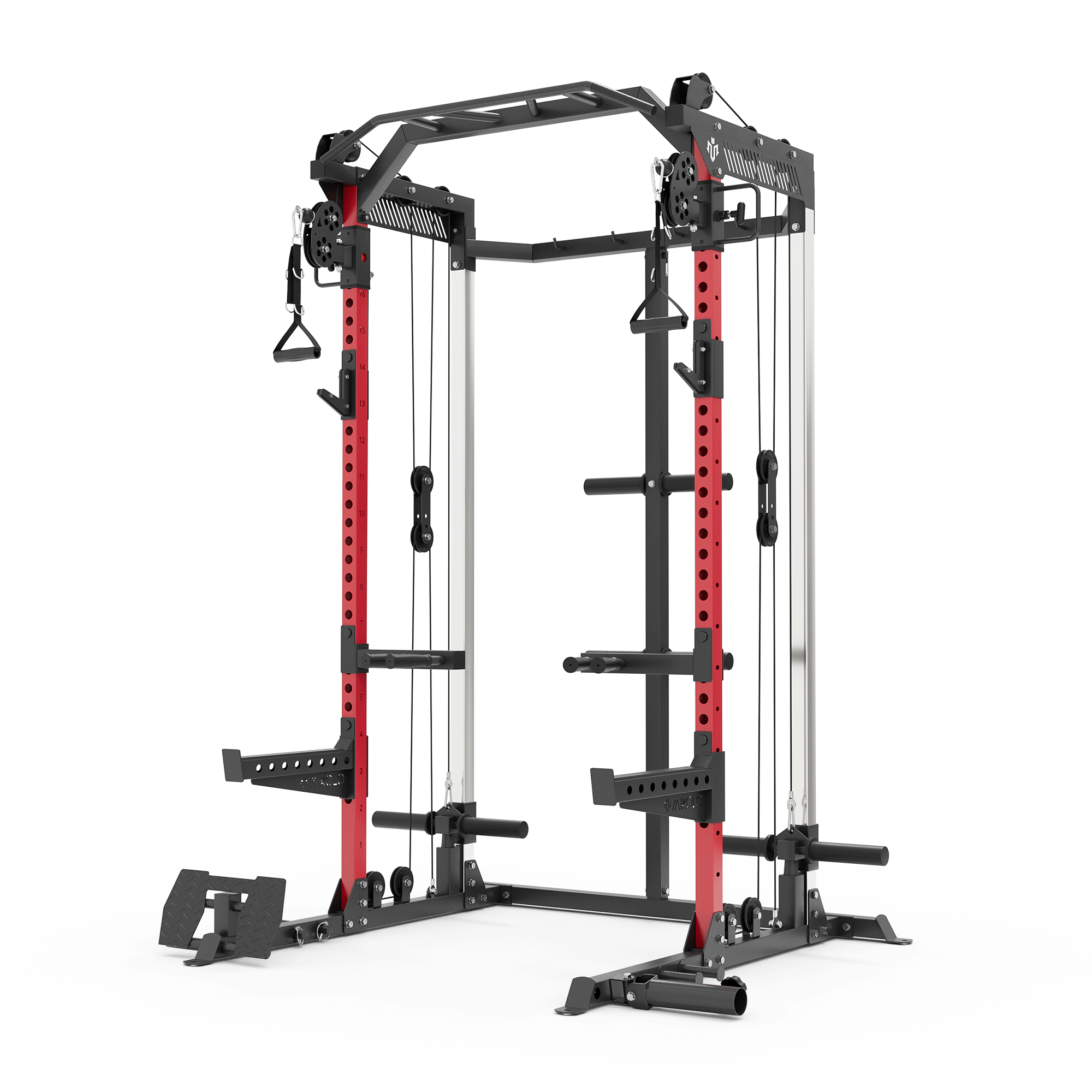





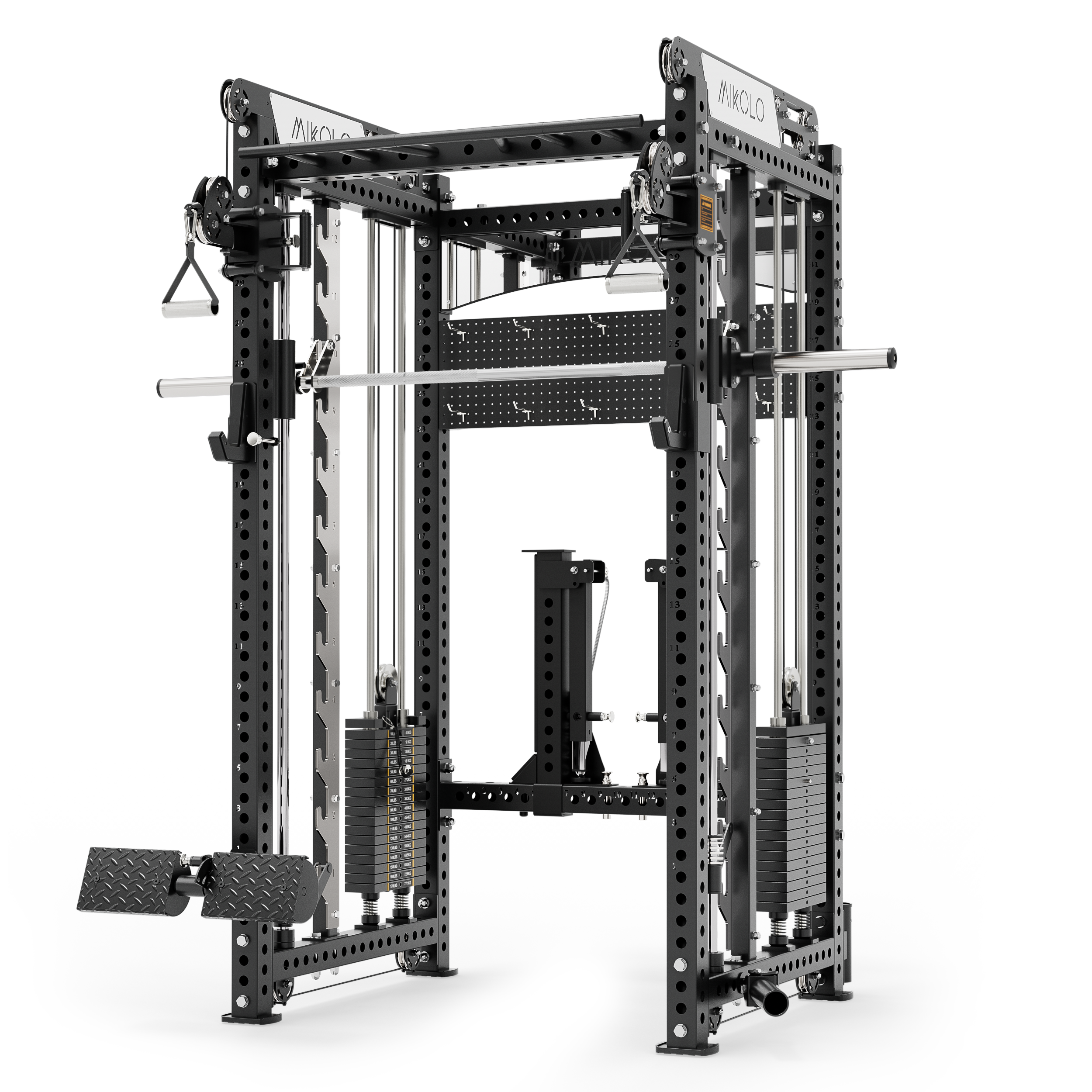
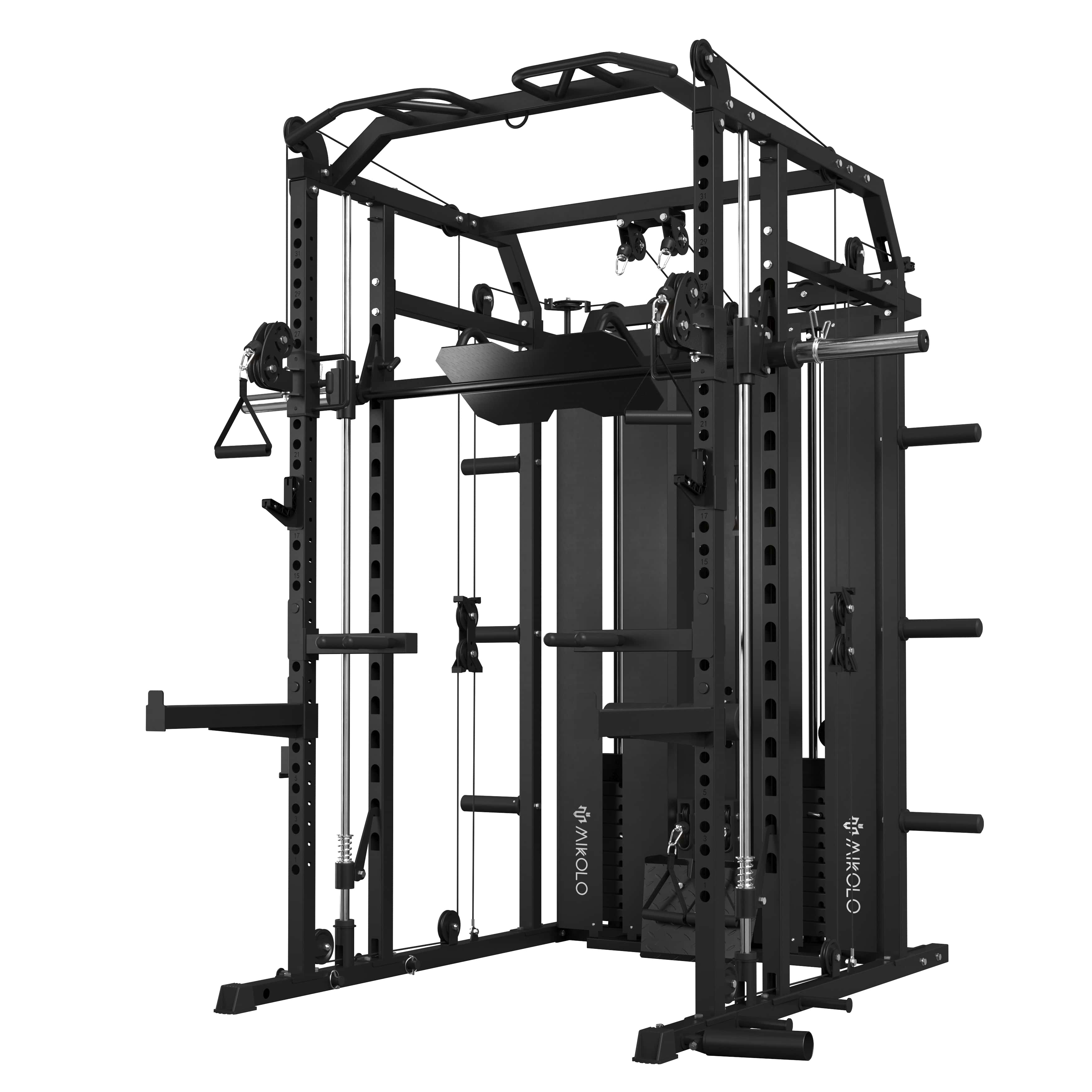
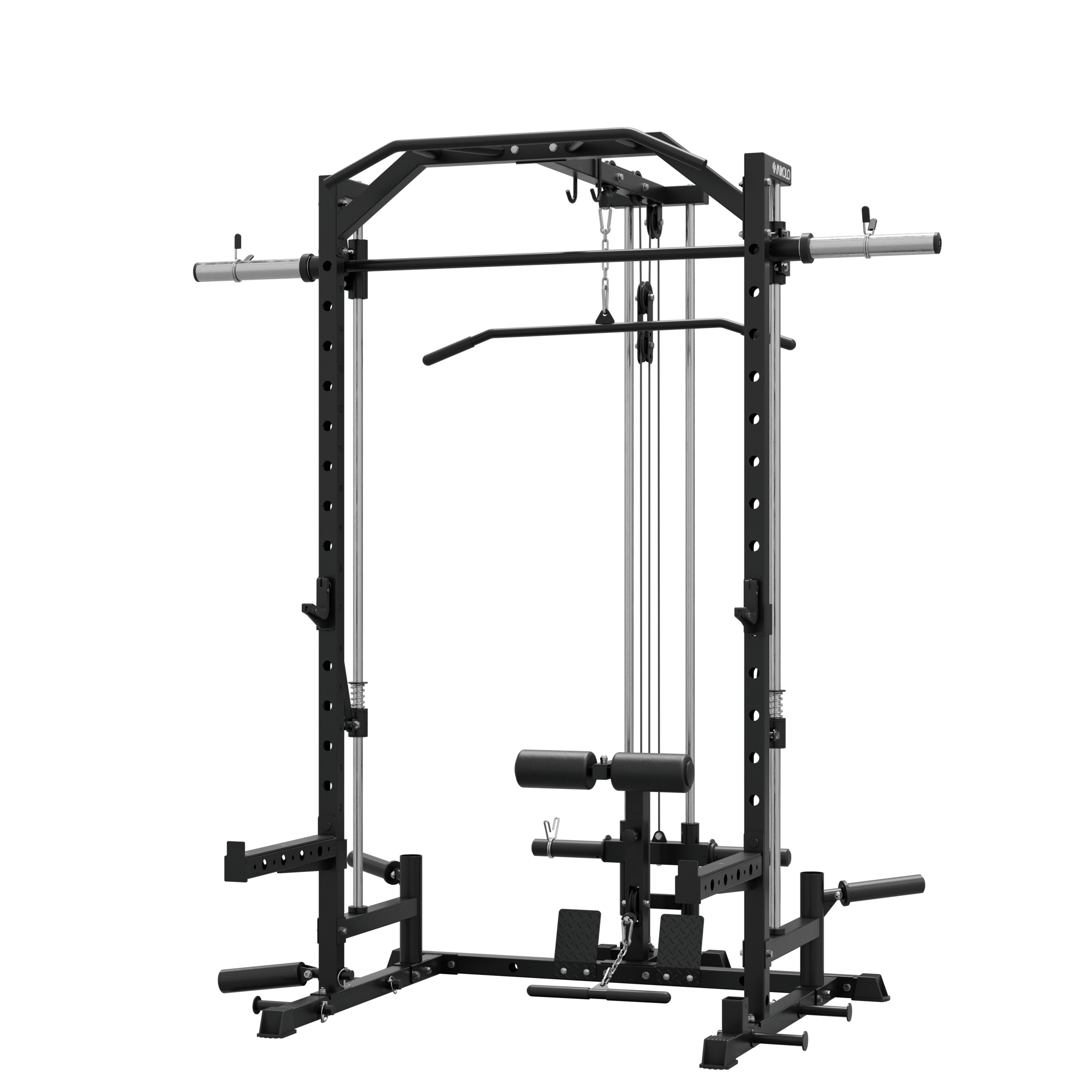
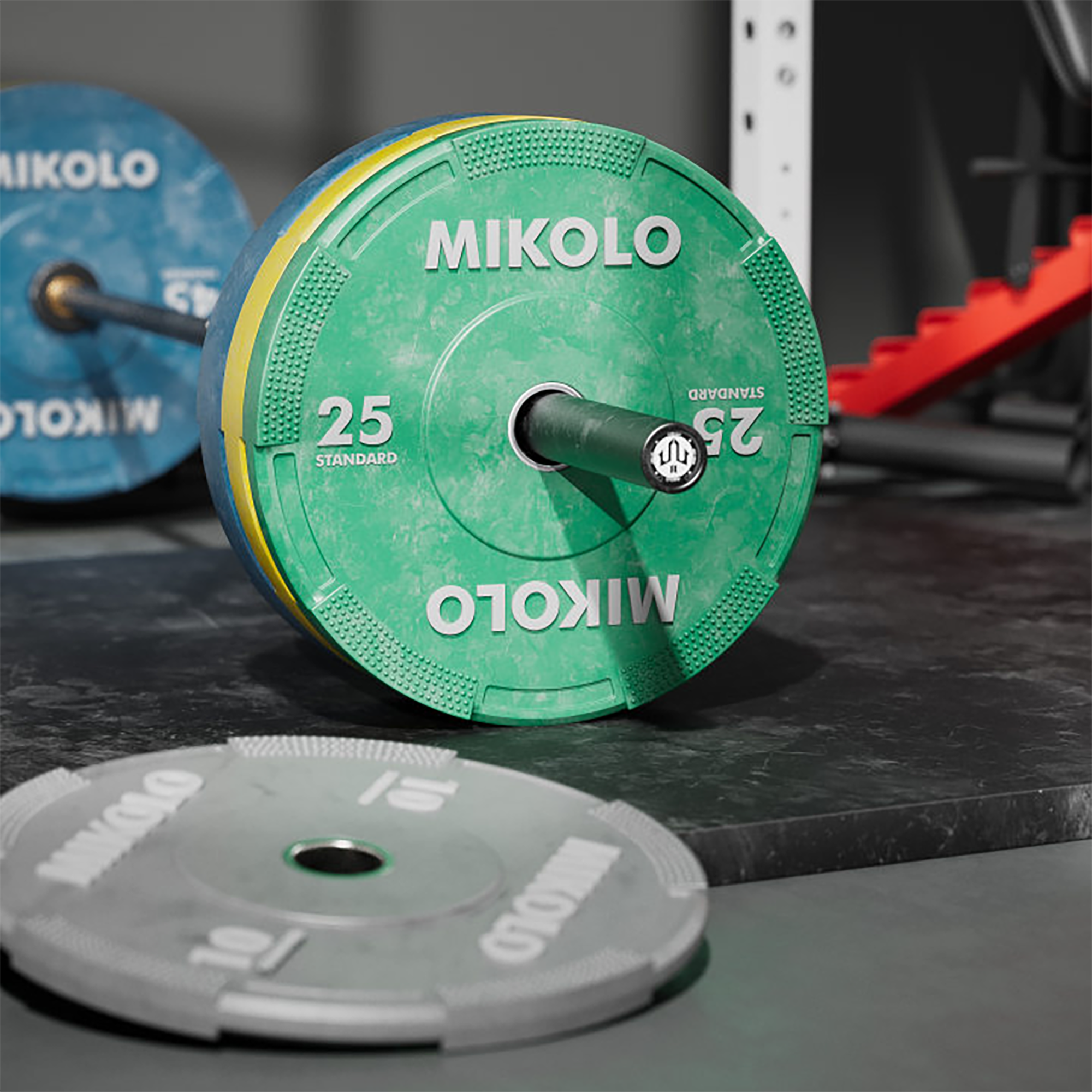


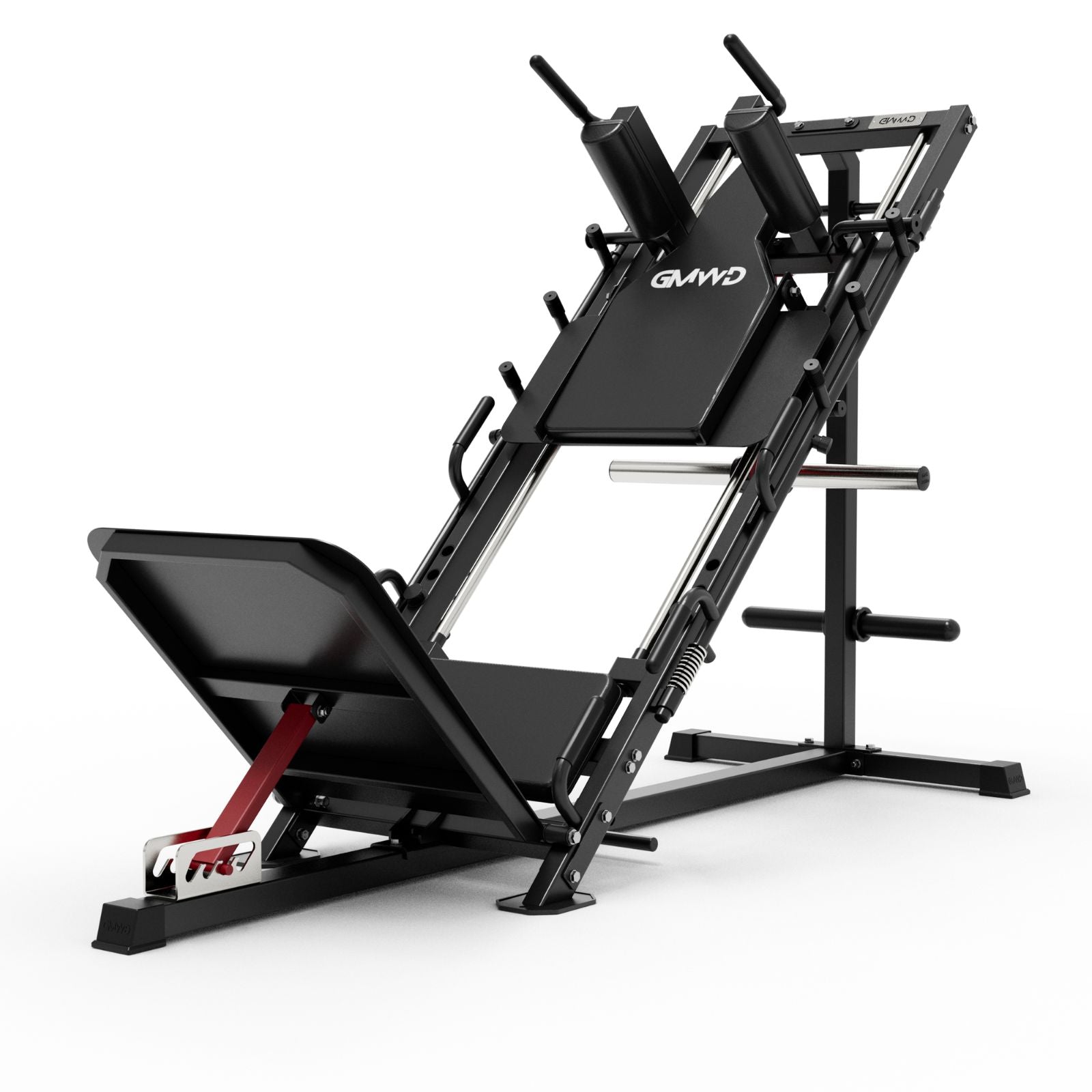


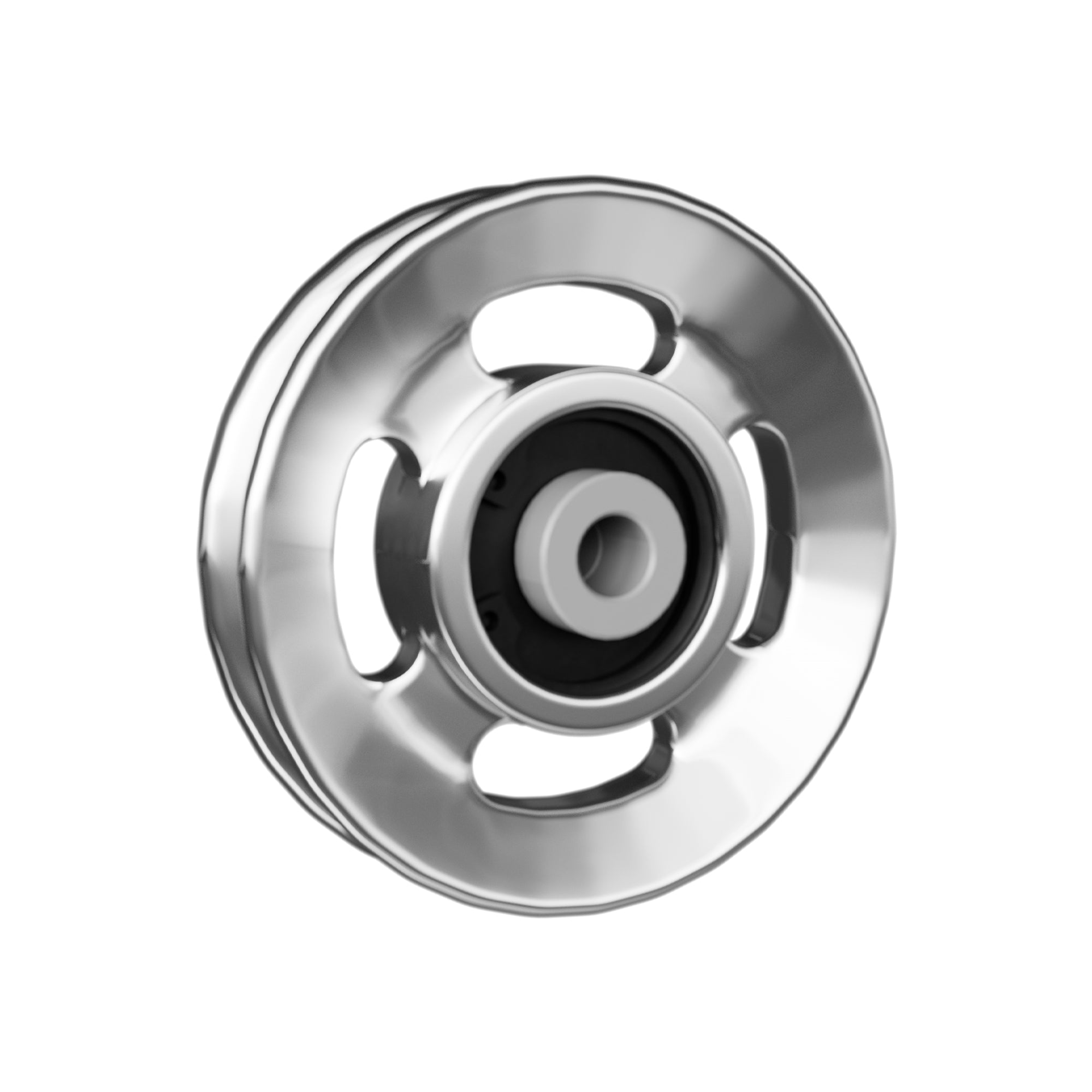
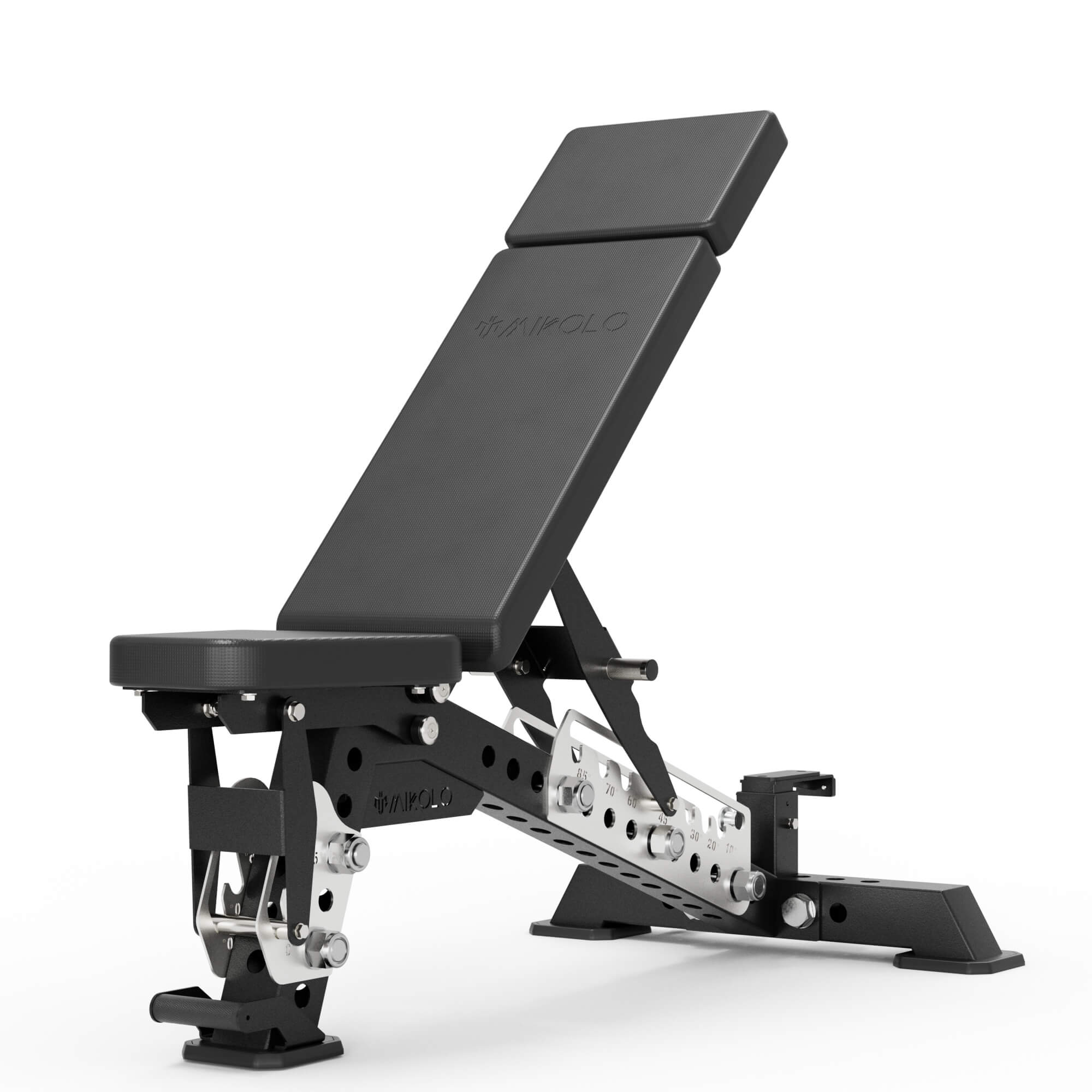
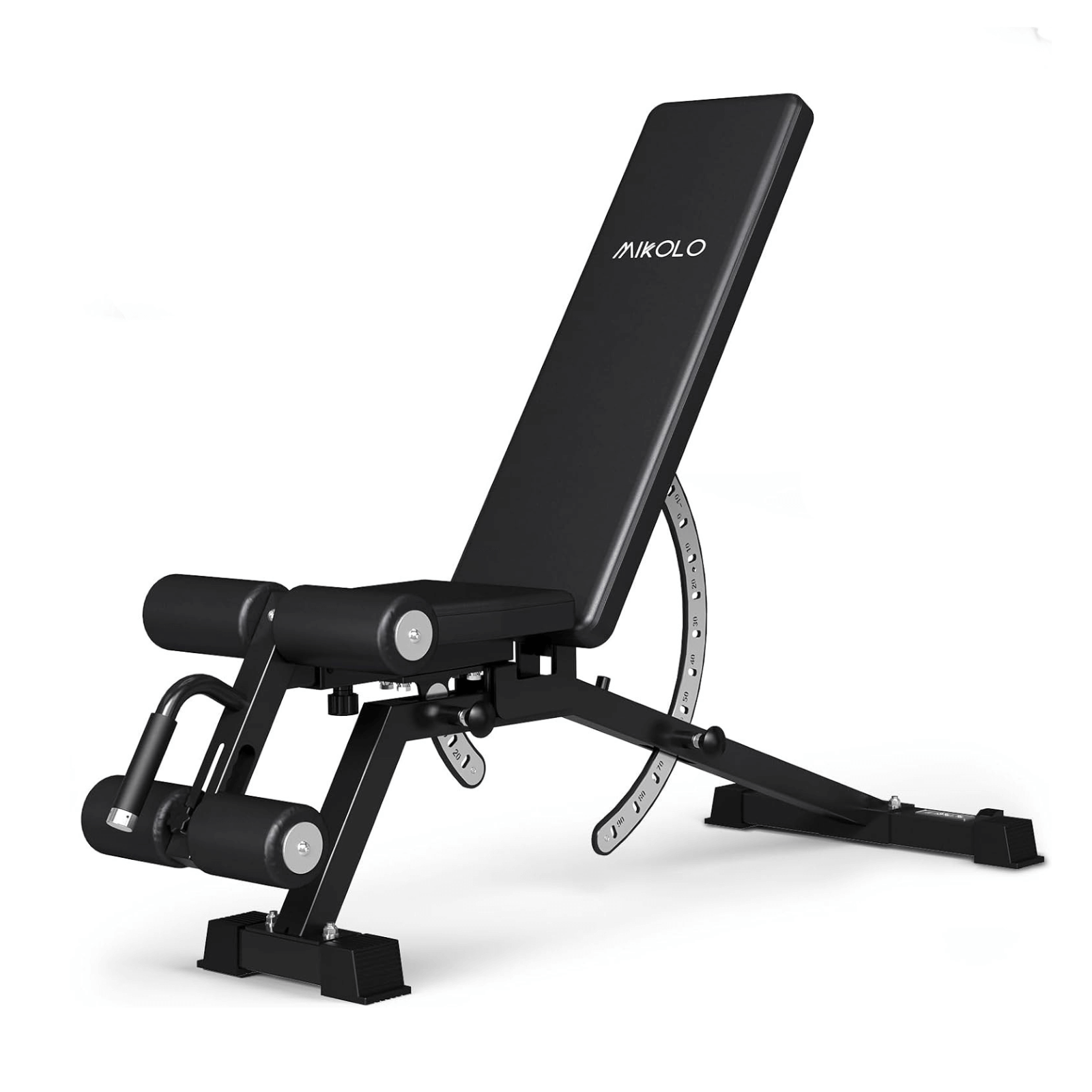

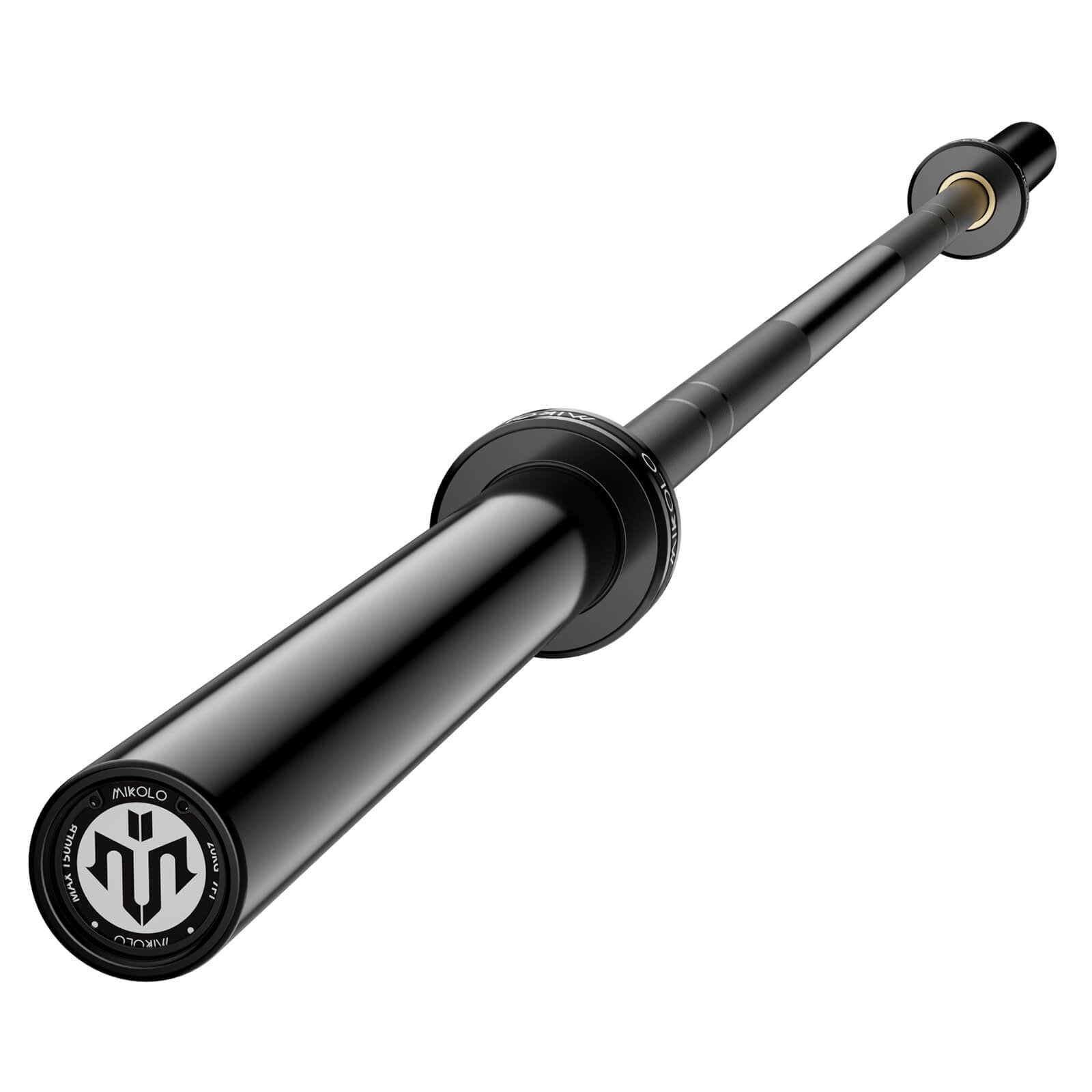
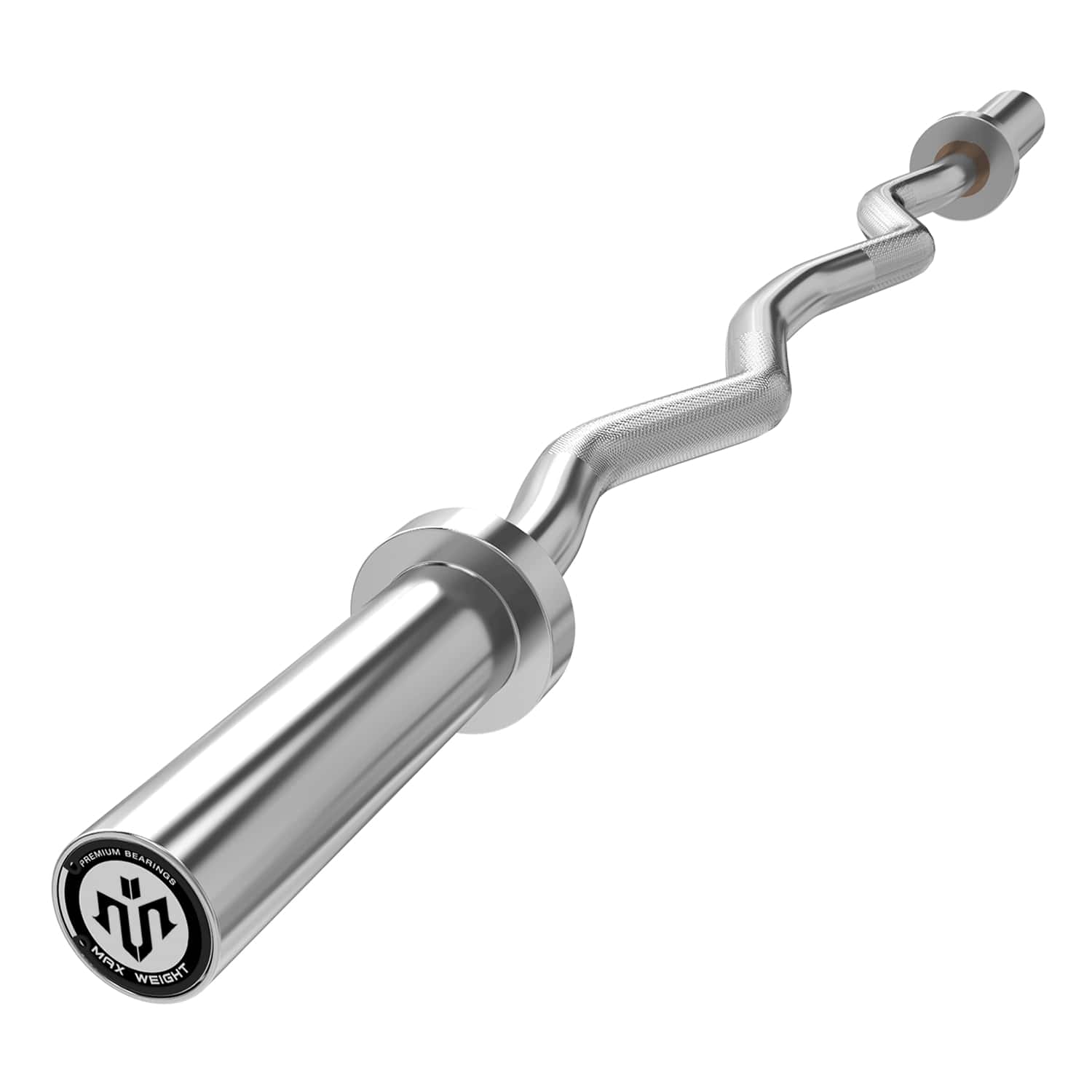
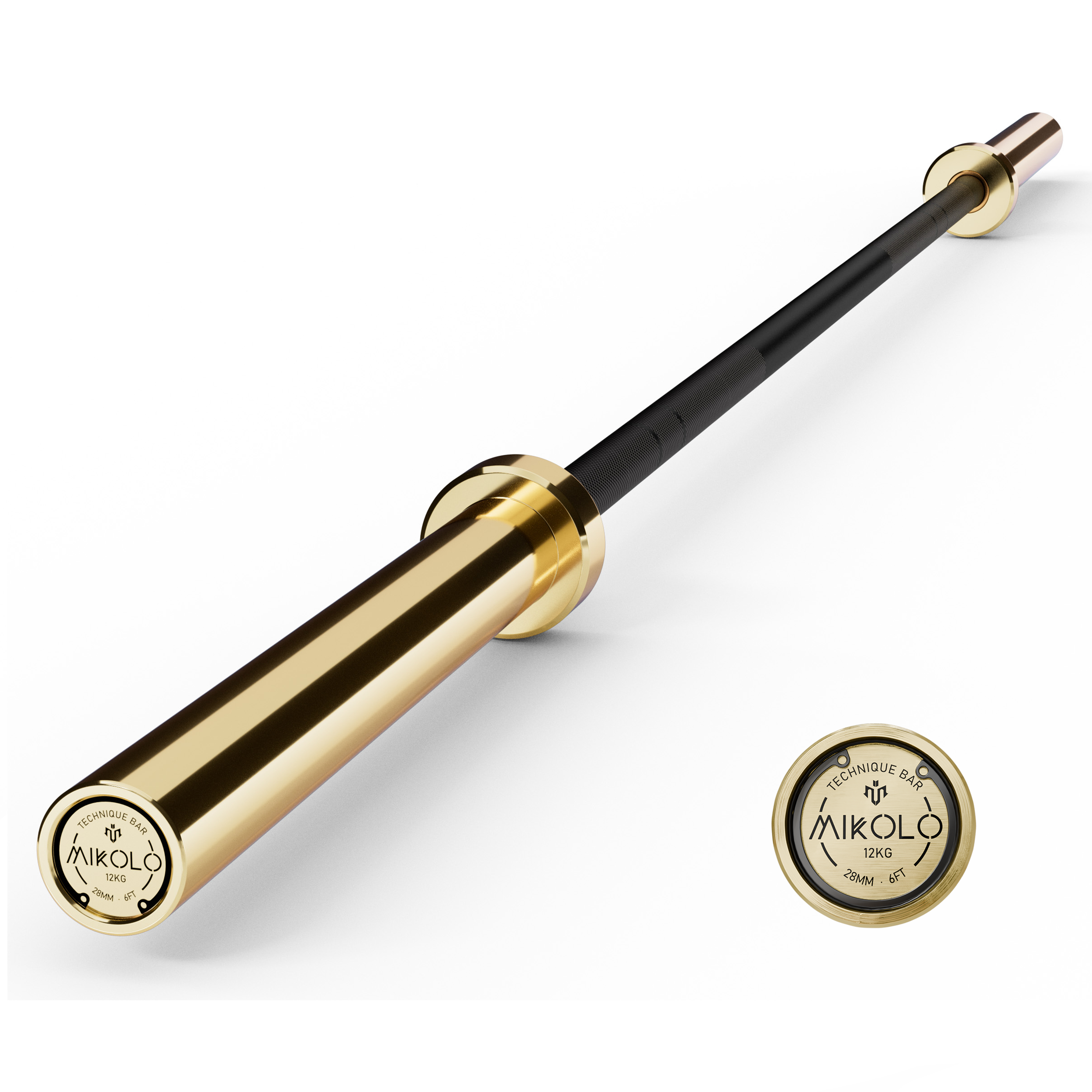
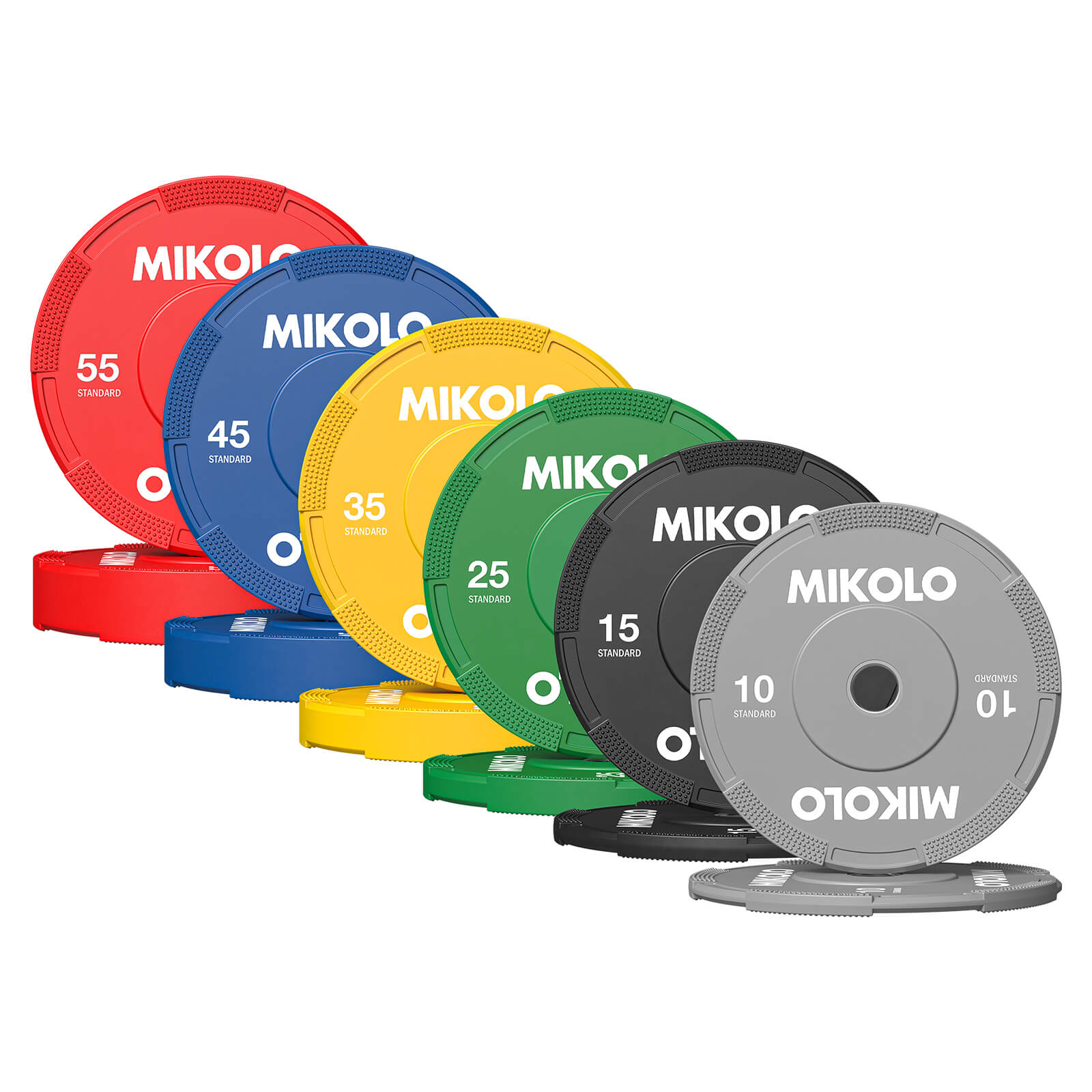
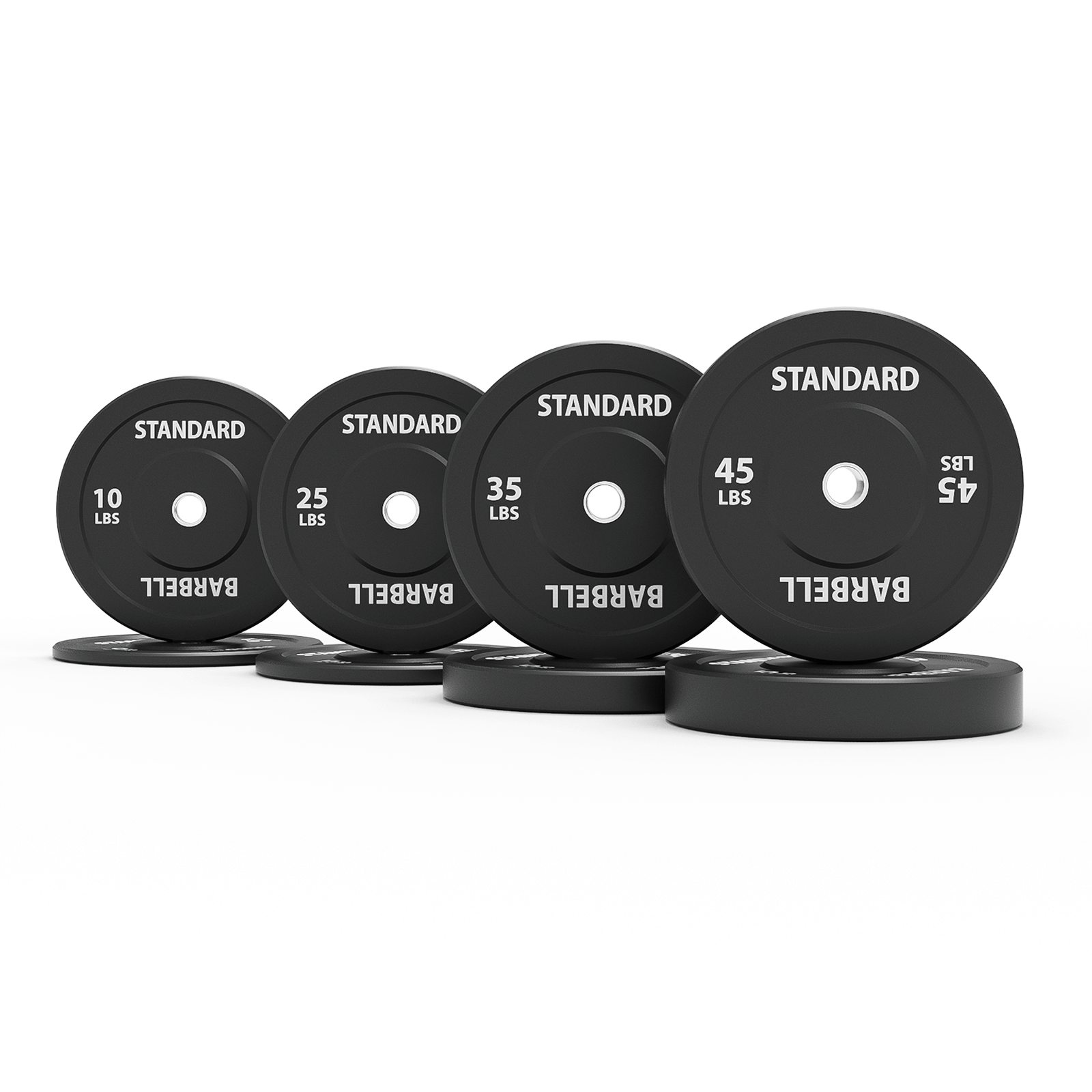
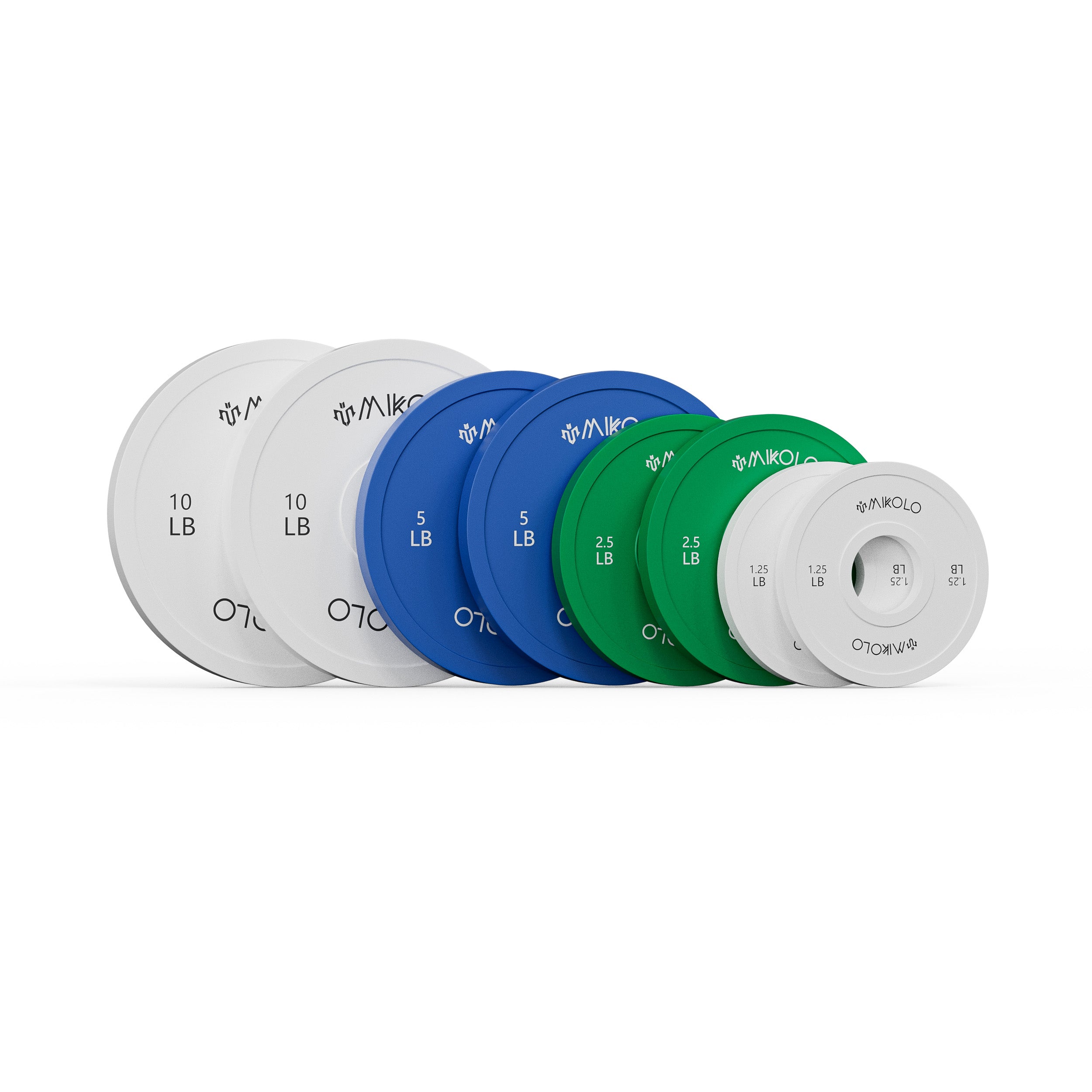


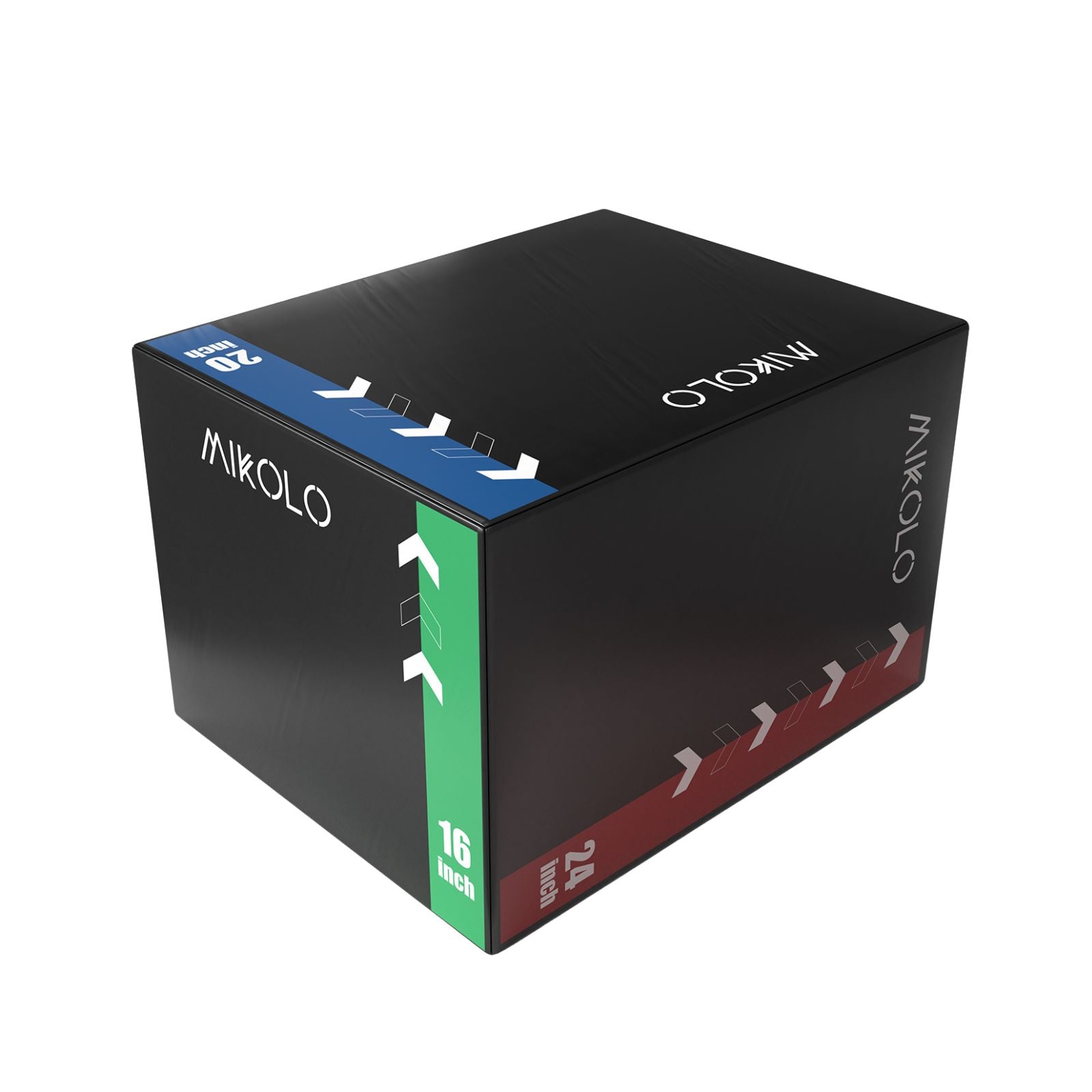
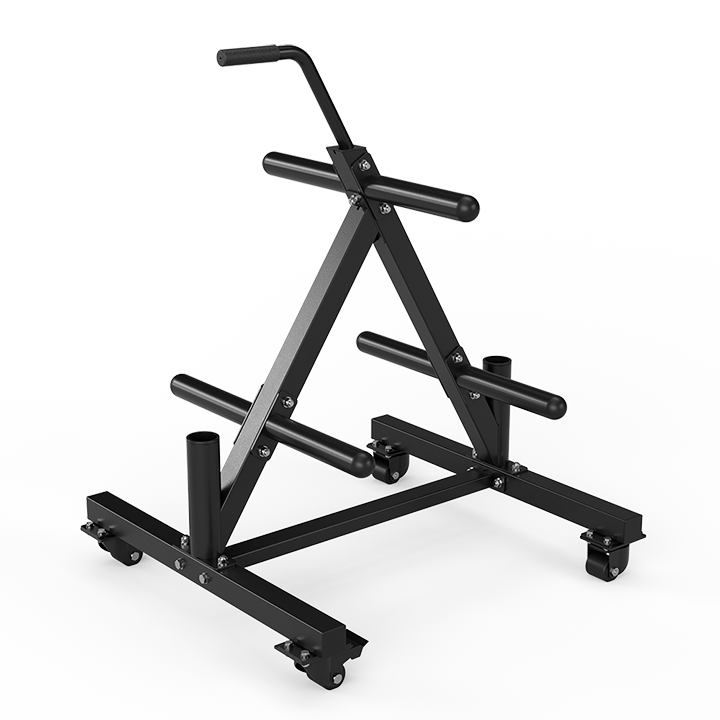
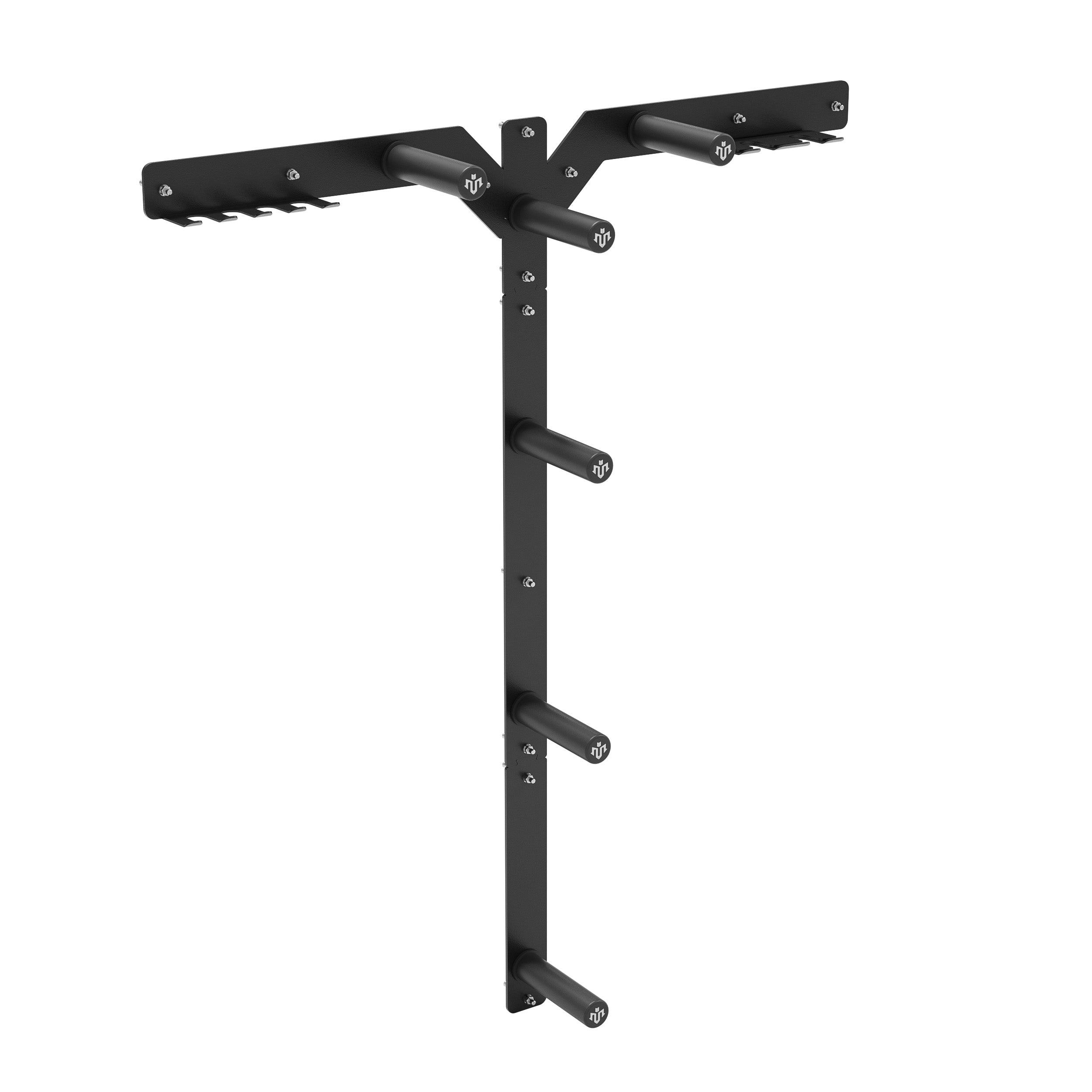




Leave a comment
This site is protected by hCaptcha and the hCaptcha Privacy Policy and Terms of Service apply.